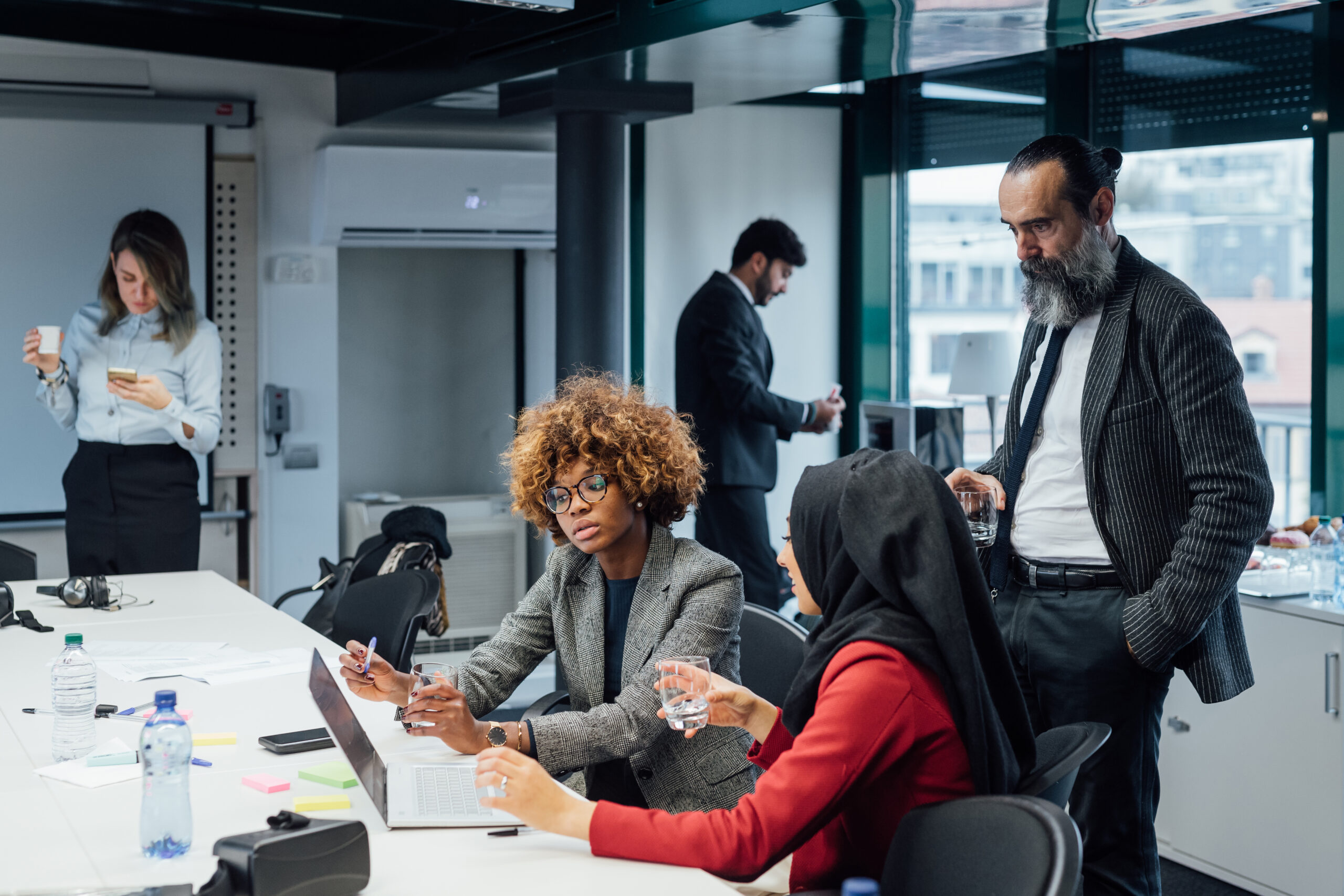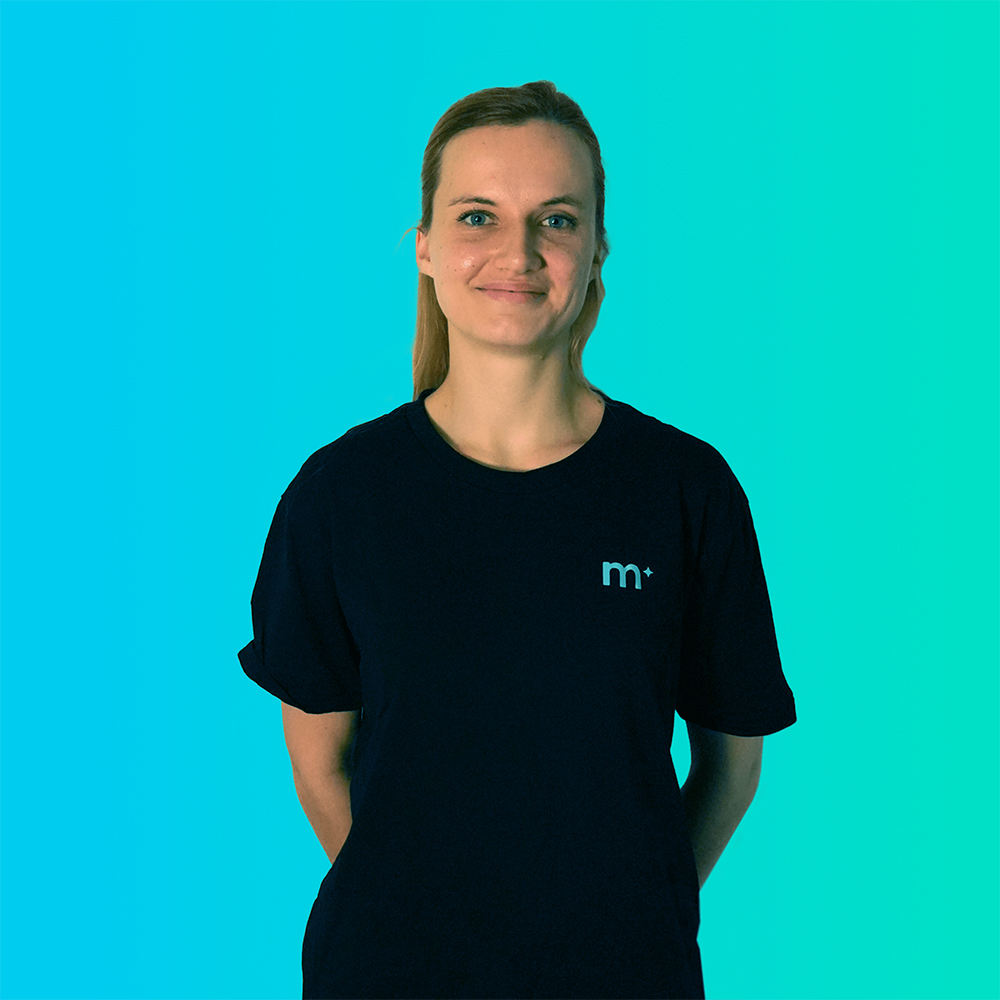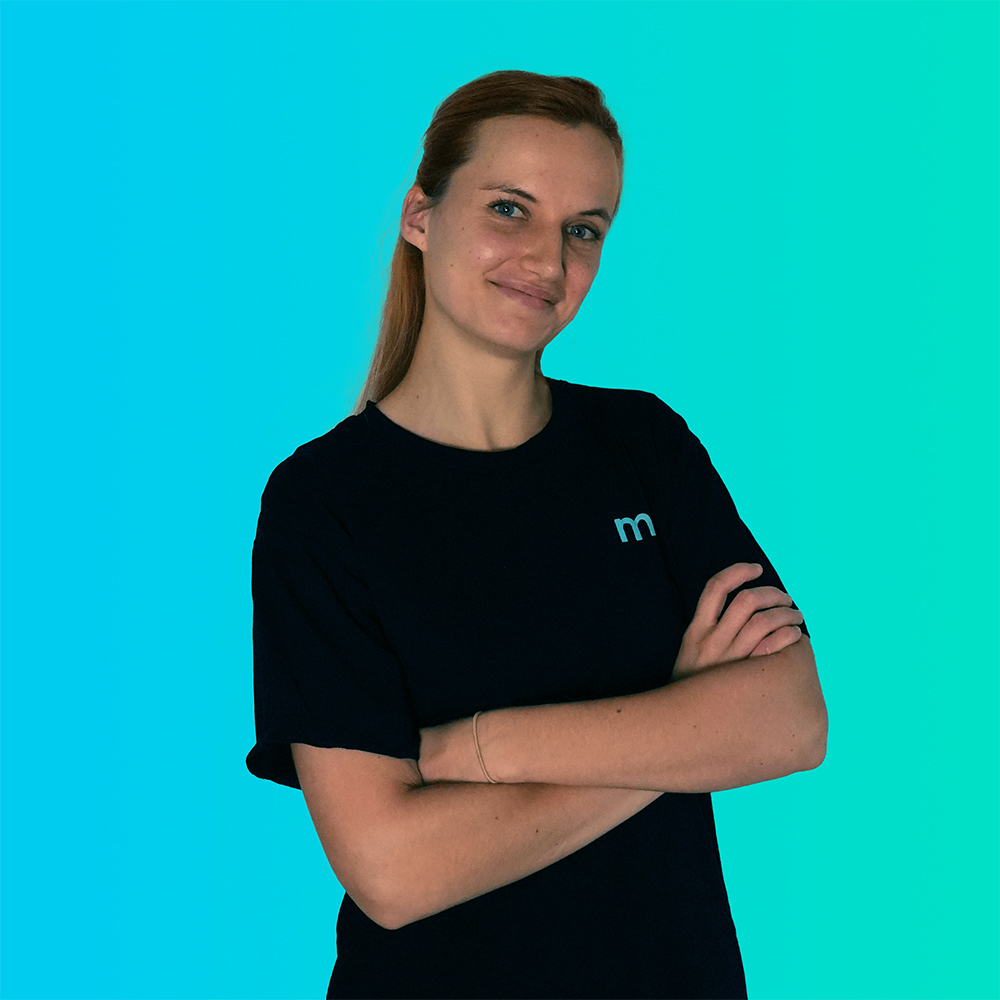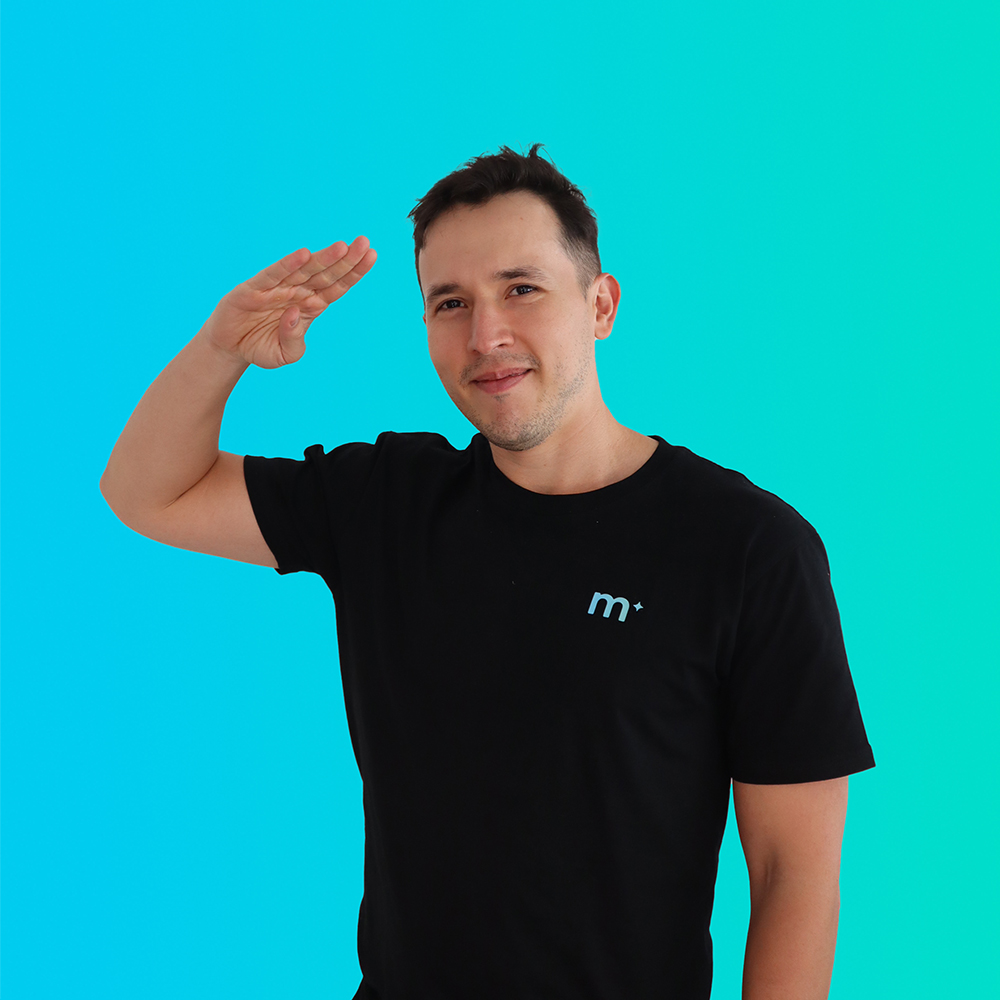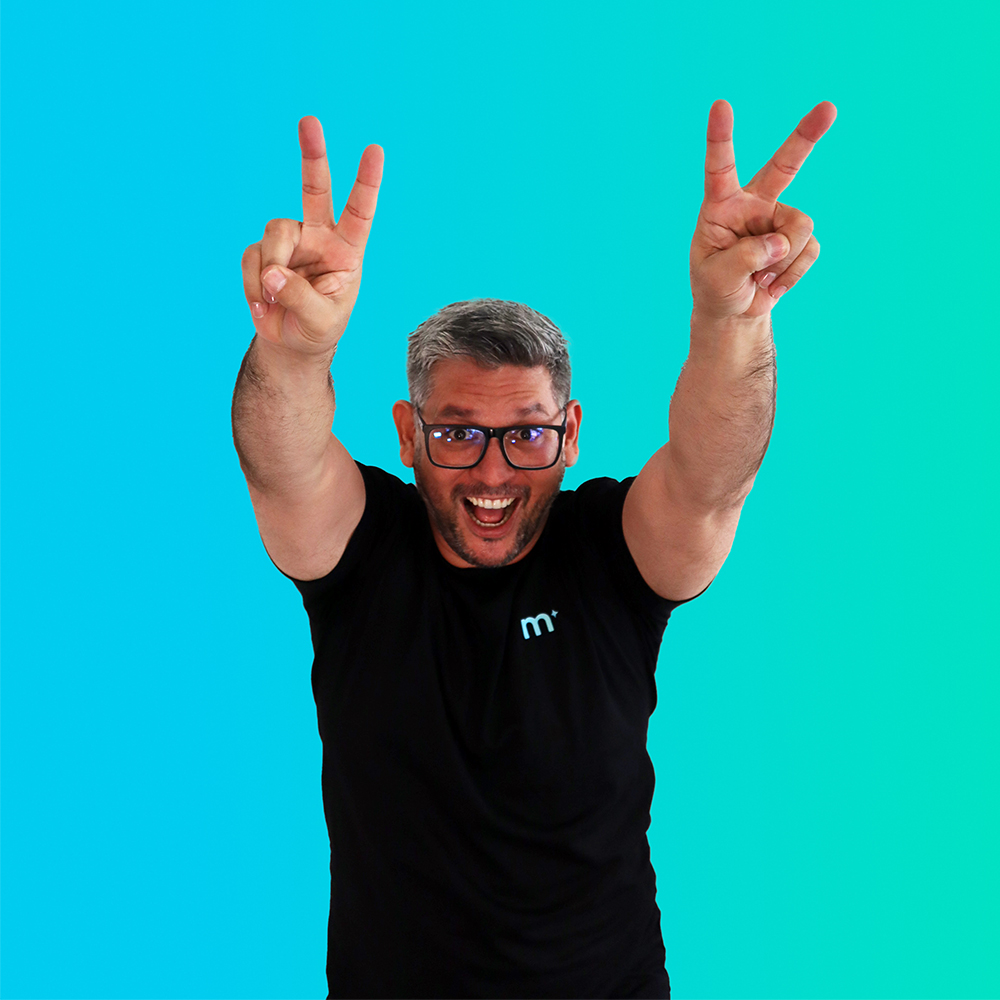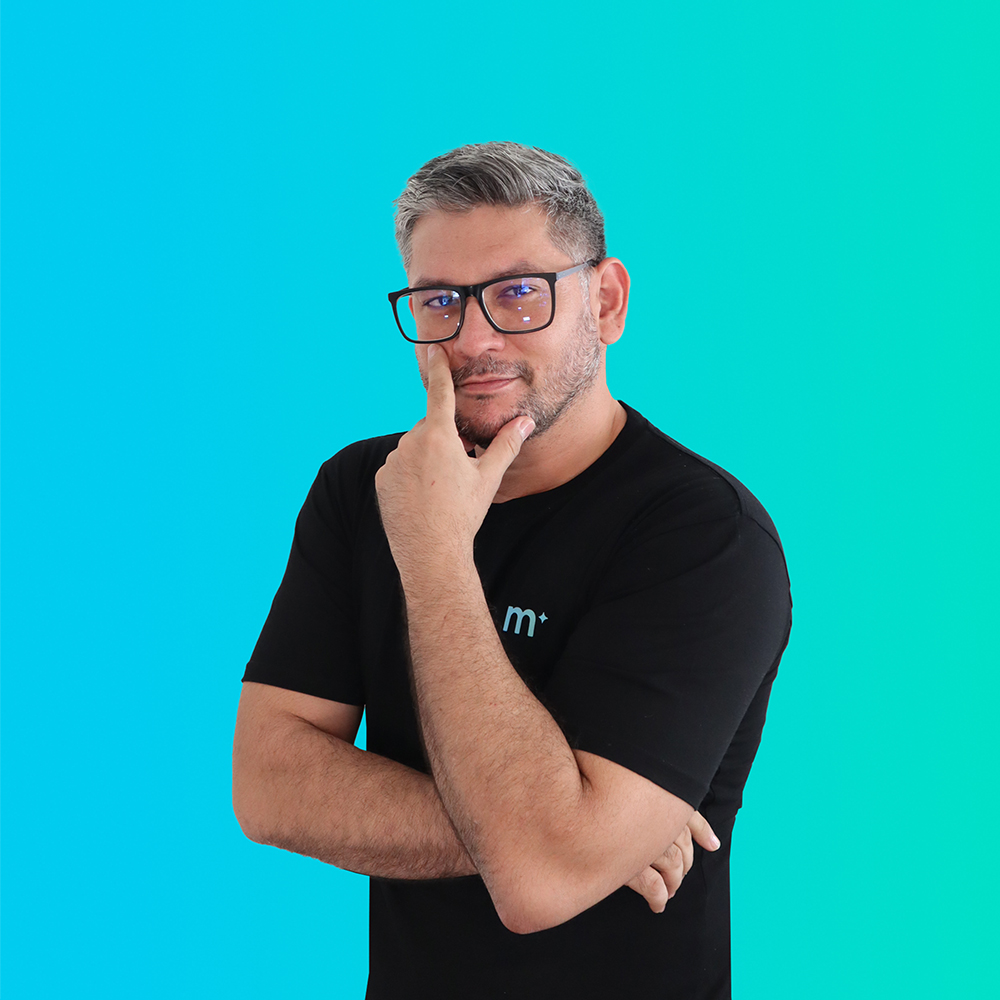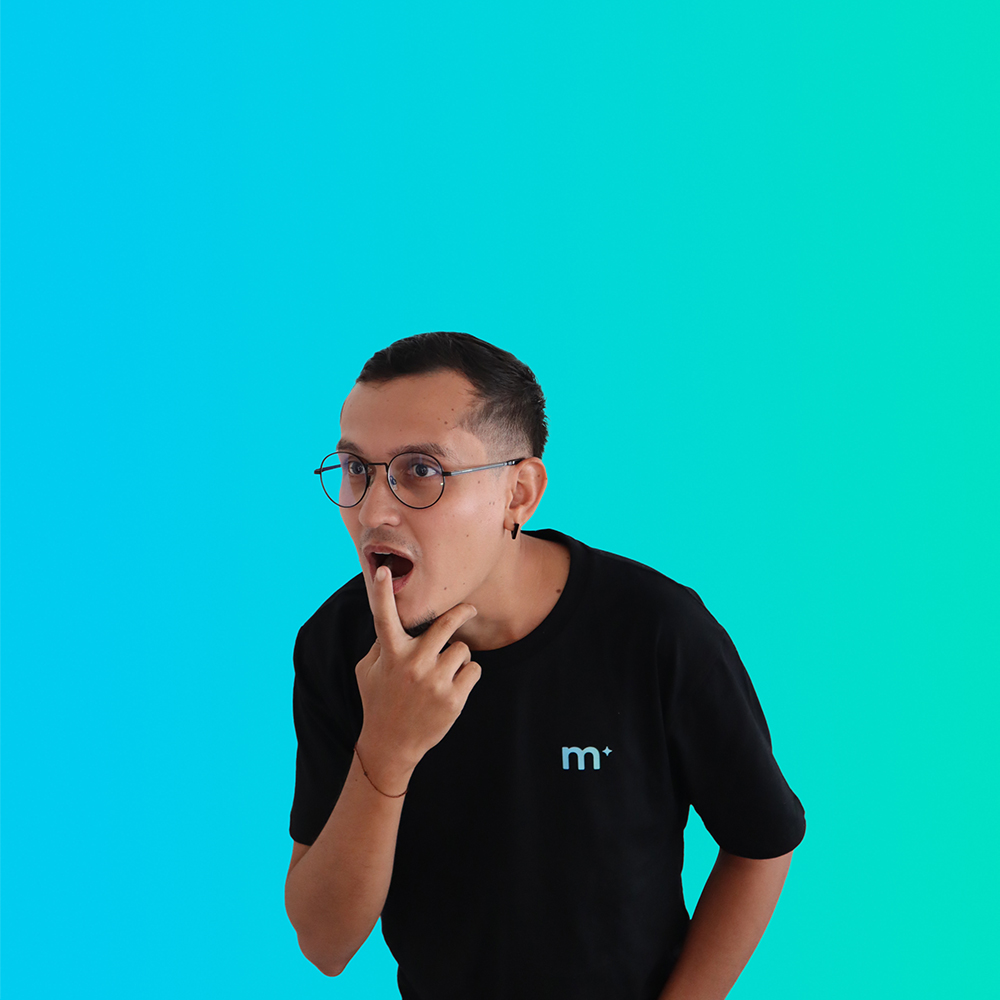Understanding the Basics of Chain-of-Thought Prompting
Unlocking the full potential of large language models like ChatGPT and Google’s Gemini requires understanding and applying the right techniques. Without these, you might end up with average and uninspiring results that don’t meet your needs.
While it might seem like magic, some methods, such as Chain-of-Thought prompting (CoT), are more effective than others in guiding these models to produce coherent and relevant responses. By mastering CoT, you can significantly enhance the quality of the outputs you receive from these models.
What is chain-of-thought prompting?
Imagine you’re teaching a friend a new recipe. You wouldn’t just tell them the name of the final dish and what it looks like – you would walk them through each step, from gathering ingredients to mixing and baking.
Chain-of-thought prompting works similarly with large language models to guide the AI through reasoning steps before arriving at the final answer.
Chain-of-thought prompting is like showing your friend each step of the recipe. You provide the LLM with prompts that break down the problem into smaller, logical chunks. For example, you might ask the LLM to identify relevant information, consider different possibilities, and then come to a conclusion.
Find Out How to Prompt Like a Prompt Engineer in This Video!
By guiding the LLM through these steps, you’re helping it develop a straightforward thought process and arrive at a more reliable answer that suits your needs.
In this case, the old way of creating prompts, or standard prompting, is like giving your friend just the final recipe. You tell the LLM the problem and expect it to jump straight to the perfect answer.
The expert way to prompt ChatGPT is to ask precisely what you are looking for through a logical thought process, which is what “prompt engineering” is all about.
Benefits of Chain-of-Thought Prompting
Chain-of-thought prompting offers a significant leap forward in interacting with large language models. This technique helps us understand the “why” behind the LLM’s outputs and how we can better leverage them.
Here are some advantages CoT prompting brings to the table:
Improved interpretability or understanding of responses
Chain-of-thought prompting encourages LLMs to develop a deeper understanding of the problem by breaking it down into manageable steps. This fosters critical thinking skills, leading the LLM to analyse information, explore possibilities, and ultimately arrive at a well-reasoned answer.
Increased accuracy and reliability of AI outputs
Unlike standard prompting, CoT unveils the LLM’s thought process step-by-step. This transparency allows us to identify any flaws in the reasoning chain and pinpoint areas where the LLM might be struggling. This valuable insight helps us refine prompts and improve the model’s overall accuracy.
Boosted performance on complex tasks
By guiding the LLM through a structured reasoning process, Chain-of-thought prompting tackles intricate problems that might otherwise lead to inaccurate or misleading responses.
This improved ability to navigate complex situations especially highlights the use of AI in various fields.
Standard Prompting vs. Chain-of-Thought Prompting
| Feature | Standard Prompting | Chain-of-Thought Prompting |
| Prompt Approach | Single prompt | Multi-step prompts |
| Information Provided | Offer information with focus on the final desired output | Breaks down the information supplied into smaller, logical steps |
| Key Focus | Focuses on the final output | Focuses on the reasoning process behind the prompt |
The table summarises the key differences between standard prompting and chain-of-thought prompting.
In reference to the earlier recipe analogy, let us explore the approach of CoT prompting in a real-world scenario by troubleshooting a baking disaster.
Imagine your chocolate chip cookies turned out flat and greasy instead of the delightful, chewy treats you craved and turned to AI for help.
Fixing your cookie recipe with standard prompting
In a hurry to salvage the situation, you might ask the AI a single, direct question:
“Why are my chocolate chip cookies flat and greasy?”
The AI, acting much like a helpful online forum, scans its vast knowledge base and provides potential answers based on keywords. It might tell you that too much butter or using the wrong type of sugar could be culprits, but it wouldn’t necessarily explain the underlying reasoning.
Fixing your cookie recipe with chain-of-thought prompting
This approach takes a more investigative route. You would guide the AI through a series of steps to diagnose the problem:
First, you could ask the AI to list the characteristics of “ideal” chocolate chip cookies (chewy, slightly crisp edges). Then, you would point out the specific issues with your cookies (flat, greasy).
Next, you might ask the AI to identify common causes of flat cookies and then narrow them down to causes that also lead to greasiness. This helps the AI focus on factors that could explain both observed issues.
Building on the potential causes, you could ask the AI to compare your recipe’s ingredient amounts (butter, sugar type) to those typically used in successful chocolate chip cookie recipes.
Finally, with a clearer understanding of potential causes and your specific recipe, you could ask the AI to suggest adjustments to address the flatness and greasiness issues.
Through chain-of-thought prompting, the AI doesn’t just provide solutions; it demonstrates its understanding of the baking process and how ingredient ratios can influence cookie texture. This allows you to fix your current batch and adjust future recipes for perfect cookies.
Putting CoT into Practice
Seeing how chain-of-thought prompting could apply to the real world in cookie recipes is one thing, but how could you use this type of AI-assisted prompting to improve your digital marketing strategies and other marketable skills?
Let’s use chain-of-thought prompting to set up marketing outputs.
Sample 1: Create a marketing copy for a brand you’re handling
Crafting captivating marketing copy is all about understanding your audience. Imagine yourself having a conversation with your ideal customer to explore their needs, desires, and pain points?
By weaving storytelling and emotional connection into your copy, you’ll create a message that resonates deeply and compels them to take action.
Copy and paste this CoT prompt to ChatGPT:
| You are a marketing expert. Your job is to create marketing copy for your business.
You will ask for the following information so you can provide ideas for the marketing campaign:
When you get the information, follow the chain of thought below for this process:
|
Sample 2: Summarise a business document for analysis
Chain-of-thought prompting can be a game-changer for data analysis. It goes beyond just presenting the numbers by guiding you to explore the “why” behind them.
By asking the large language model to explain its reasoning step-by-step, you can move beyond basic insights and develop more nuanced and actionable strategies based on your findings.
Copy and paste this CoT prompt to ChatGPT:
| You are a marketing expert specialising in Google Ads.
A major meeting is approaching, and you need to present 5 compelling proposals for analysing the current Google Search Ads campaign and exploring optimisation opportunities. You will ask for the following information so you can provide concrete details about the marketing campaign you have to analyse:
When you get the information, follow the chain of thought below for this process:
|
Sample 3: Creating a compelling message for your business
Instead of simply asking a large language model (LLM) a question and receiving an answer, chain-of-thought prompting encourages the LLM to reveal its thought process.
Adding specific instructions like “explain your reasoning” to your query gives you a step-by-step breakdown of how the LLM arrived at its answer.
Copy and paste this CoT prompt to ChatGPT:
| You are a marketing expert. Your job is to create compelling messaging to market your business.
You will ask for the following information so you can provide ideas for the lead magnet:
When you get the information, follow the chain of thought below for this process:
|
Further CoT Learning
Chain-of-thought prompting isn’t just for crafting catchy marketing messages. It holds immense potential in various fields.
Imagine researchers using CoT-enabled AI to analyse vast scientific data, explaining their reasoning as they identify patterns and propose new studies. Chain-of-thought prompting can empower writers by helping them explore character motivations, plot twists, and writing styles, overcoming creative roadblocks.
This technology can even revolutionise education. LLMs equipped with chain-of-thought prompting could guide students through complex concepts step-by-step, fostering a deeper understanding instead of rote memorisation.
Chain-of-thought prompting is constantly evolving. Researchers are exploring advanced techniques like few-shot prompting and meta-learning, further refining the ability of LLMs to reason and explain their thought processes.
By staying up to date on these advancements, we can unlock even more powerful applications of chain-of-thought prompting and unlock the full potential of AI for various fields.






